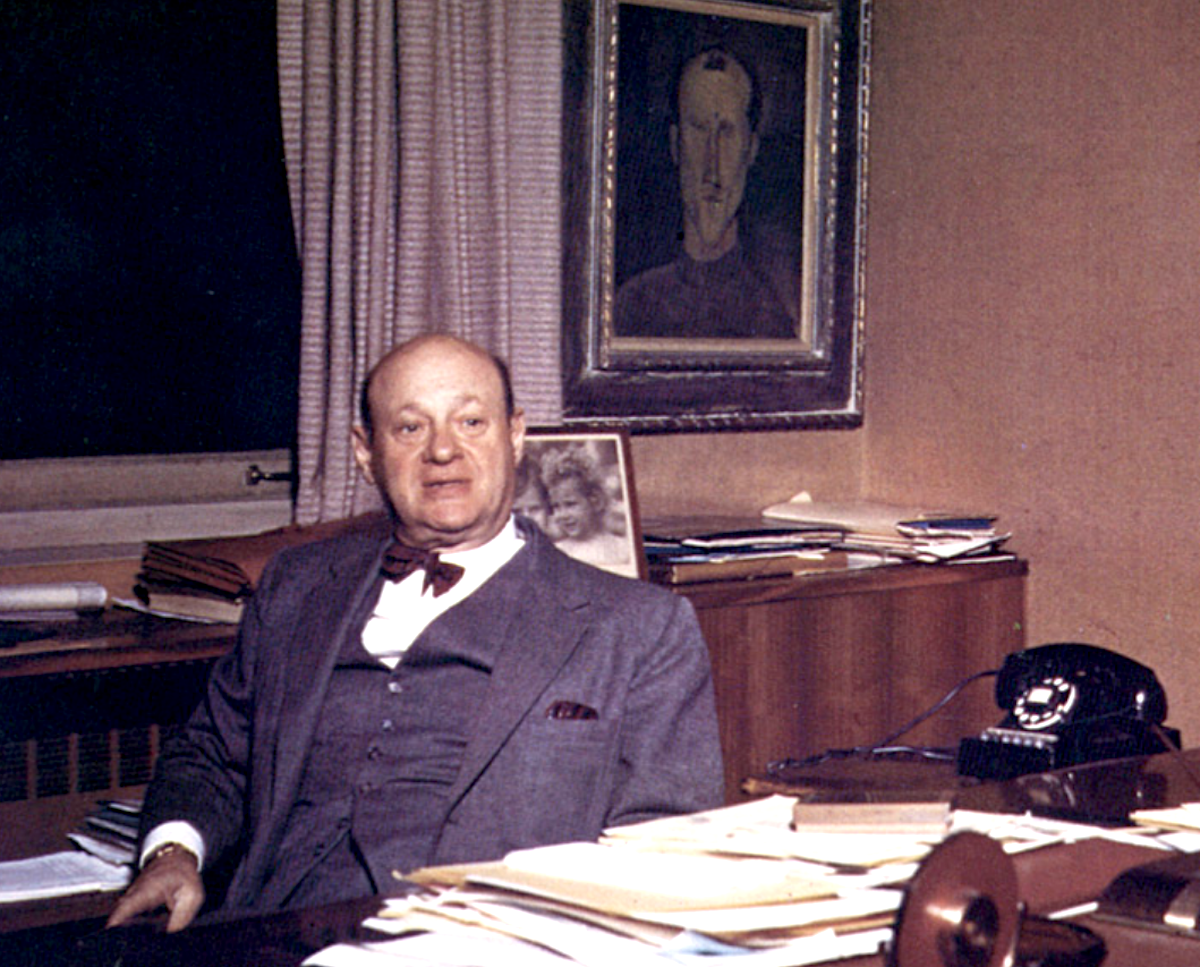The Henry and Rose Pearlman Foundation has announced the dispersal of its entire collection to three major institutions: New York’s Museum of Modern Art, the Los Angeles County Museum of Art, and the Brooklyn Museum. The gift comprises 63 works, with 29 destined for the Brooklyn Museum, 28 for MoMA, and six for LACMA. Among them are pivotal modernist pieces by Paul Cézanne, Amedeo Modigliani, Vincent van Gogh, and Édouard Manet.
Previously, on long-term loan to the Princeton University Art Museum, these works will now reside permanently within three of the nation’s most prominent museums. Daniel Edelman, president of the foundation, emphasised a forward-thinking approach in his statement: “Instead of imposing rigid conditions, we’ve established guidelines to encourage collaboration among these institutions, allowing the works to circulate and be experienced in varied contexts. We hope to engage new audiences, reunite pieces from the collection periodically, and perhaps inspire fresh perspectives on art stewardship.” A dedicated exhibition will debut at LACMA in July 2026 before travelling to the Brooklyn Museum. Below, a selection of highlights from the gift:
Born and raised in New York City, Henry Pearlman (1895–1974) was a self-made businessman with an unshakable passion for avant-garde art. After founding Eastern Cold Storage in 1919 and marrying Rose Fried in 1925, he embarked on a collecting journey that would leave an indelible mark on art history. His first major acquisition—a Chaim Soutine landscape in 1945—ignited a lifelong pursuit of modernist masterpieces, driven by a love for discovery and the intellectual thrill of tracing artistic lineages.
Pearlman’s approach was both instinctive and scholarly. Over three decades, he assembled an extraordinary collection, focusing on Post-Impressionist and early modernist luminaries—Cézanne, Van Gogh, Modigliani, Renoir, Manet, Matisse, and Toulouse-Lautrec—alongside lesser-known innovators whose work resonated with his discerning eye. By the 1950s, he had developed a particular fascination with Cézanne’s watercolours, eventually amassing one of the finest groupings of the artist’s works on paper in private hands.
After Pearlman died in 1974, Rose Pearlman stewarded the collection until her passing in 1994. For nearly half a century, the Pearlman holdings have been on extended loan to the Princeton University Art Museum, where they have served as a vital resource for scholars, students, and the public alike. Now, as these works find permanent homes at MoMA, LACMA, and the Brooklyn Museum, Pearlman’s legacy—rooted in curiosity, connoisseurship, and a commitment to public access—continues to shape the way we engage with modern art.

Paul Cézanne, Mont Sainte-Victoire, ca. 1904–06
Given to: MoMA
One of roughly 30 renderings of this Provençal landmark, Cézanne’s fractured, proto-Cubist interpretation now joins MoMA’s holdings, which previously included only a watercolour study of the mountain.
Paul Cézanne, Cistern in the Park of Château Noir, ca. 1900
Given to: MoMA
This painting captures a cistern near Aix-en-Provence, close to the neo-Gothic Château Noir—a recurring site in Cézanne’s explorations of his native landscape.
Paul Cézanne, Study of a Skull (Etude de crâne), 1902–4
Given to: MoMA
Featured in MoMA’s 2021 exhibition Cézanne Drawing, this pencil-and-watercolour study reveals the artist’s lesser-known but incisive work on paper.
Henri de Toulouse-Lautrec, The Sacred Grove, 1884
Given to: Brooklyn Museum
A departure from his famed cabaret scenes, this satirical take on Puvis de Chavannes’s idyllic compositions includes a procession of modern figures—an irreverent twist on tradition.
Vincent van Gogh, Tarascon Stagecoach, 1888
Given to: LACMA
Now LACMA’s sole van Gogh, this painting reflects the fading era of horse-drawn travel, inspired by Alphonse Daudet’s 1872 novel Tartarin de Tarascon.
Edgar Degas, After the Bath, Woman Drying Herself, 1890s
Given to: Brooklyn Museum
Degas’s unflinching portrayal of a bather, contorted over her tub, challenges the idealised nude conventions of his predecessors.
Chaim Soutine, Path to the Fountain, ca. 1920
Given to: Brooklyn Museum
Soutine’s thick, tactile brushwork mirrors the rugged terrain of Céret, a French town whose angular streets may have shaped this dynamic composition.
Amedeo Modigliani, Jean Cocteau, 1916
Given to: Brooklyn Museum
Modigliani’s signature elongation distils the polymath Jean Cocteau into a study of elegant distortion. Cocteau himself remarked: “It does not look like me, but it does look like Modigliani, which is better.”
This landmark donation not only enriches each institution’s collection but also reimagines how art can move, connect, and resonate across public spaces.

